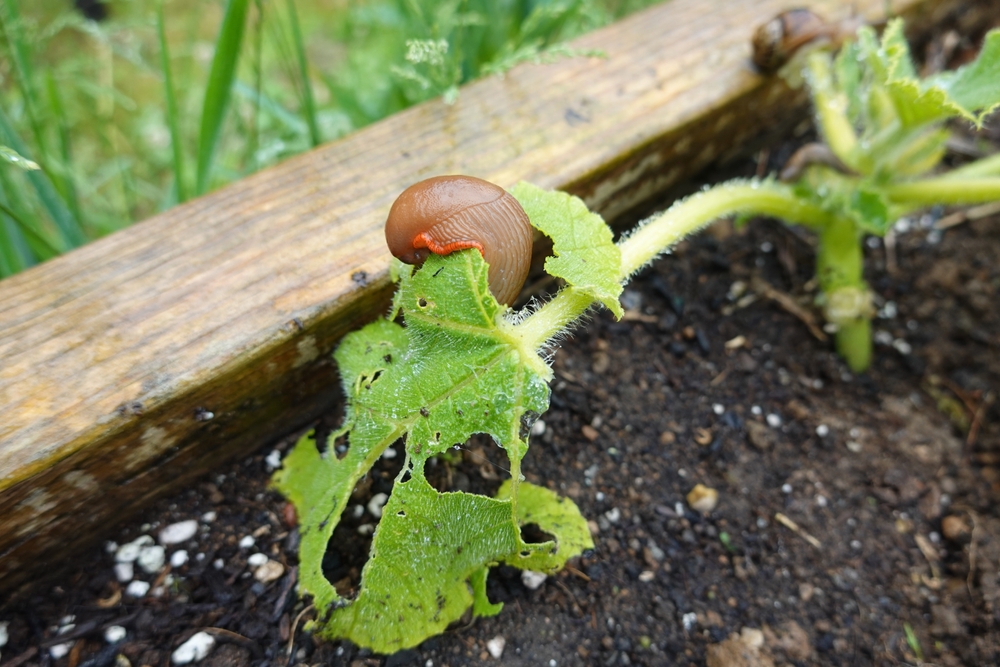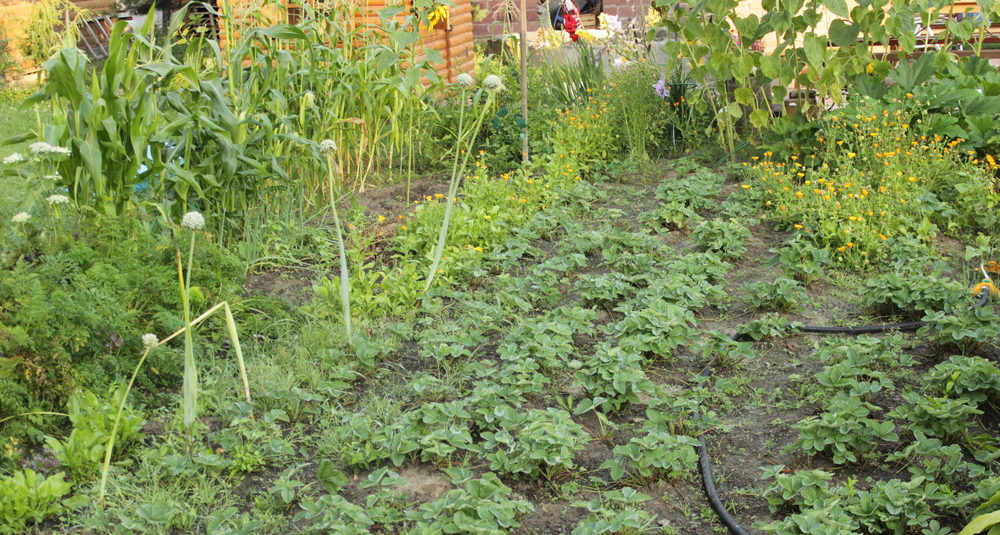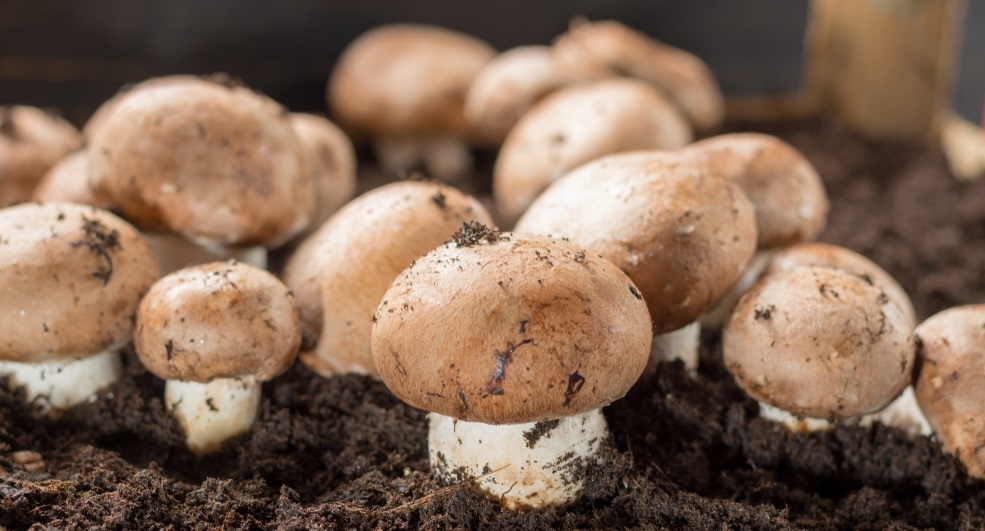Aspergillus fumigatus is a dangerous fungus for those susceptible. An estimated 200 people die every year in the Netherlands as a result of an infection by this fungus. The danger is increasing because the fungus has become resistant to azoles, the most commonly used substance to fight the fungus. WUR researchers aim to map the fungus’ resistance through the Schimmelradar (fungus radar) project.
Aspergillus fumigatus is airborne and is found everywhere, says Eveline Snelders. She has been studying the fungus for 15 years. ‘We inhale it every day. It is harmless for healthy people, but people whose immune system is compromised are at risk. The most fatal infection is the one by the invasive aspergilloses, fungal growth in the lungs that may spread to other areas of the body.
Global
Azoles can fight the fungus. However, the first resistant variant of the fungus was discovered in 2007, and it has spread across the globe rapidly since then. Snelders obtained her PhD in Nijmegen in 2012 on her research on the mechanism behind the fungus’ resistance. Further investigations in the following years revealed the reason behind the resistance: extensive use of azoles in agriculture.
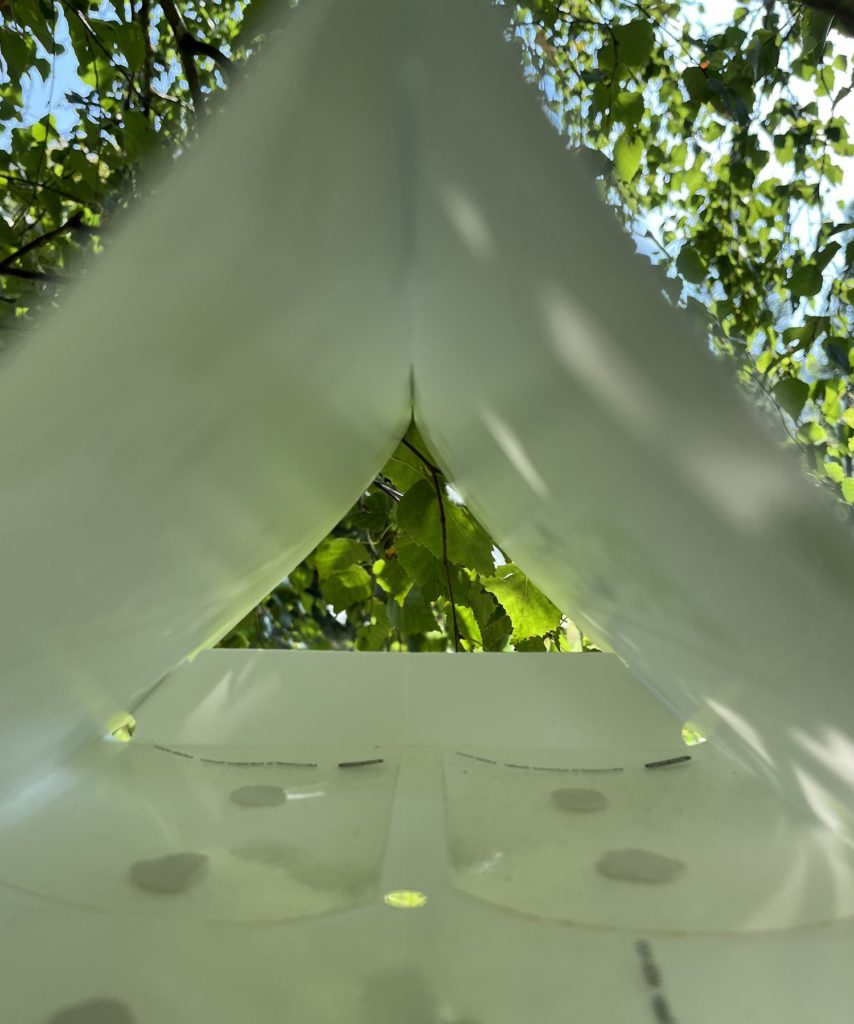
‘Aspergillus fumigatus thrives in warm, steaming piles of compost made up of farming waste’, Snelders explains. ‘There, you will also find residual azoles. In fact, the fungi are selected based on resistance in these compost piles. The past decade taught us that the resistance developed in agriculture and spread from there. We aim to map this development through this study.’
To this end, citizens are called to action. They can help by setting a fungus trap. The trap is a remodelled insect trap, Snelders explains. The trap contains three adhesive strips on which airborne fungi get stuck. The volunteers are asked to keep the trap outdoors for four weeks, after which they are to remove the strips and return them to the scientists. Snelders: ‘The colonies will then be grown and tested for resistance.’
The spores are invisible on the strips. ‘They can only be seen once they have been cultivated’, says Snelders. ‘But we have conducted many tests, each strip contains between 100 and 150 colonies of this particular fungus. We use a selective cultivation medium, which prevents other bacteria and fungi from growing also.’
Each strip contains between 100 and 150 colonies of this particular fungus
Eveline Snelders, Laboratory for Genetics
In addition to gaining insight into how resistance is spread across the Netherlands, Snelders also aims to map the various mutations. ‘We encounter 10-20 per cent resistance among hospital patients and 4 per cent in the air. Some hot spots, however, have a 100 per cent resistance. But how is this distributed, and are there specific sources of resistance? That is what we want to know.’
300 traps
Snelders and her PhD candidates, Bo Briggeman and Hylke Kortenbosch of the genetics group, have some 300 traps available for distribution across the Netherlands. Registration started last weekend. The selected participants will be informed around 22 September, after which the packages will be dispatched. The readings will begin in October. You can join free of charge. The RIVM contributes to this WUR study.

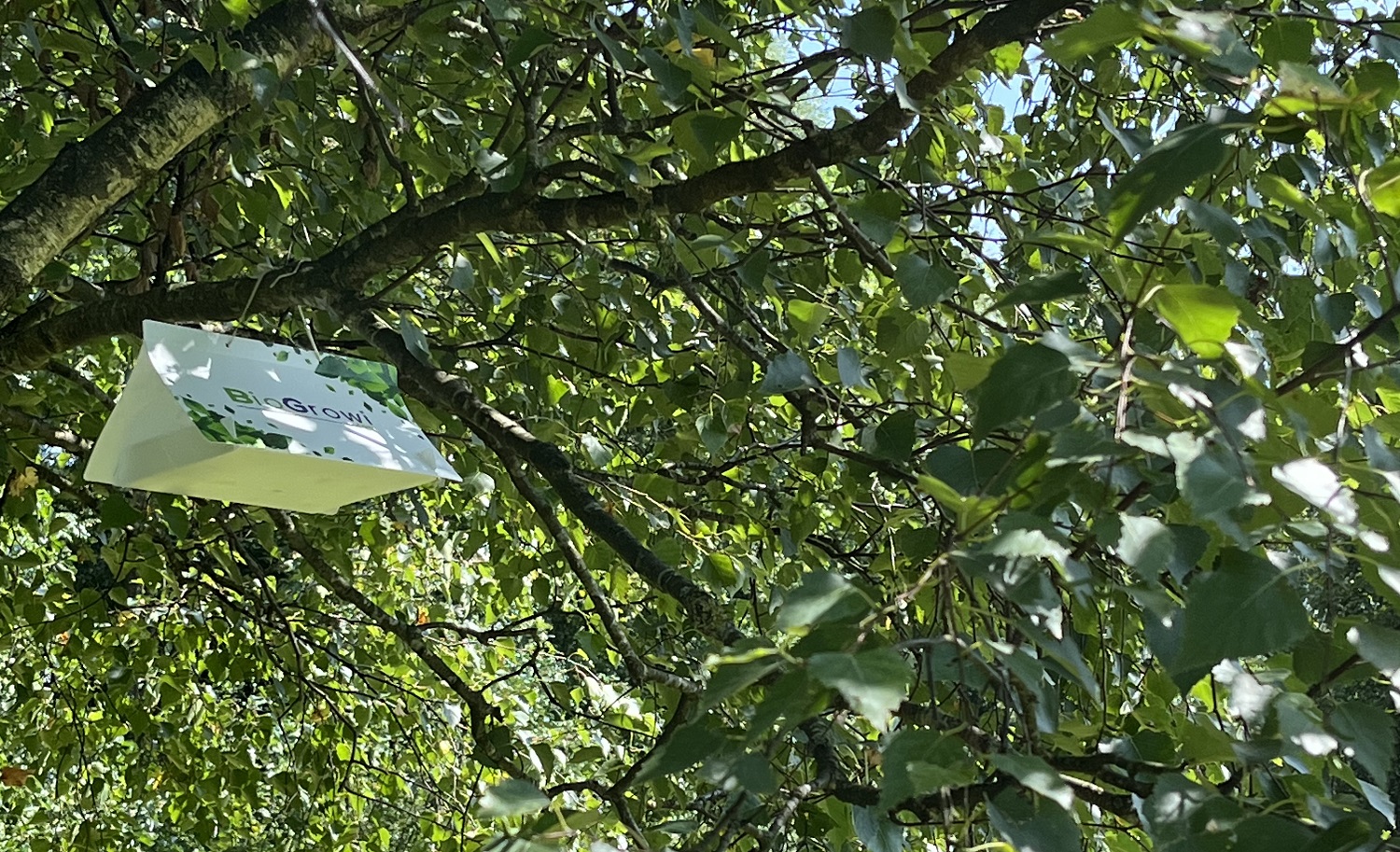 A fungi trap uses an adhesive strip to catch airborne spores. Photo Bo Briggeman
A fungi trap uses an adhesive strip to catch airborne spores. Photo Bo Briggeman 